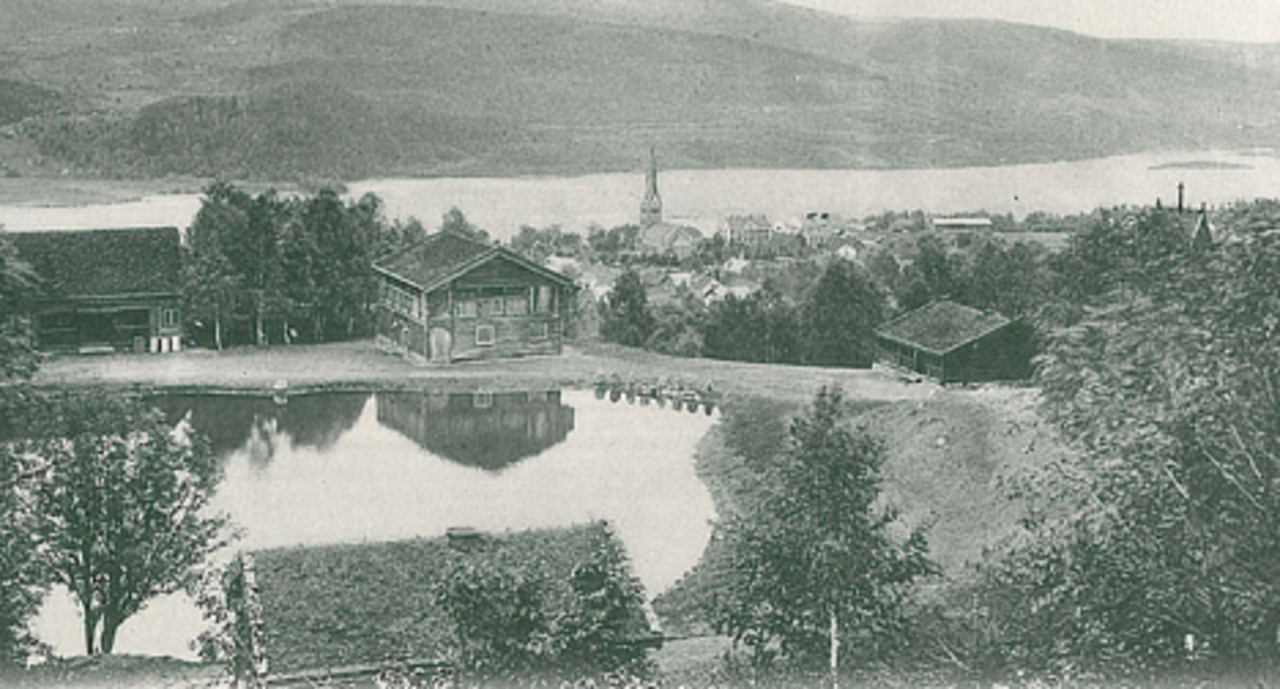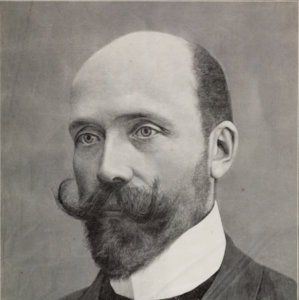
The history of Maihaugen
The origins of Maihaugen can be traced back to 1887.
Anders Sandvig and the Beginning of the Collection
Anders Sandvig was a dentist who came to Lillehammer in 1885. Two years later, he began collecting old objects, driven by childhood memories and emotions. He was also concerned that the local cultural heritage might be taken out of the region, particularly to the Nordiska Museet in Stockholm. The first objects and buildings were placed in his garden at the lower end of Jernbanegata.
The Establishment of Maihaugen
Sandvig’s private collection was later purchased by Lillehammer Bys Vel and moved to Maihaugen. On July 2, 1904, the open-air museum opened under the name Maihaugen - De Sandvigske Samlinger. Sandvig served as the museum's director until 1946. His goal was to showcase a collection of historical homes, creating a complete village community and representing various societal functions.
From Unique Artifacts to Everyday Objects
Initially, Sandvig collected mainly unique objects that either had a distinctive appearance or an interesting story. Over time, he developed an interest in everyday items and began specializing in tools and objects related to craftsmanship. While most of his collection came from Gudbrandsdalen, he expanded his focus to include all of Norway for craft-related items.
Maihaugen After Sandvig’s Era
Following Anders Sandvig’s time, Maihaugen has been further developed in his spirit. Today, the museum features a large main building with both permanent and temporary exhibitions. The main building was constructed in 1958 and has been expanded several times, notably in preparation for the Lillehammer Winter Olympics in 1994. The open-air museum now consists of over 200 buildings, divided into three main areas: The Village, The Town, and The Residential Area, with the mountain farm and cabin village being part of The Village.
The Story of Skrap-Tron Eklestuen and Anders Sandvig
Skrap-Tron dedicated an impressive 35 years of his life to collecting parts of a 700-year-old stave church, Garmo Church. For our founder, Anders Sandvig, Tron Eklestuen, or Skrap-Tron as he was known, became a dear friend and collaborator. Sandvig first met him in 1886. By then, Skrap-Tron was already established as a buyer of rural antiques, which he resold to museums and private collectors in Kristiania (now Oslo).
The old Garmo Stave Church was to be replaced by a new and larger church. During the auction of the old stave church in 1880, Skrap-Tron could only afford to buy four of the church's logs. The rest of the church was sold throughout the parish, and some parts were reused in the main church. Over the next 35 years, Skrap-Tron painstakingly tracked down and repurchased the remaining parts of Garmo Church. He made several attempts to sell them to Sandvig, but Sandvig did not have the funds needed to make the purchase.
In the meantime, the building parts were stored in a pile under a pine tree on Skrap-Tron’s farm.
Eventually, Sandvig received a donation, which made it possible to finally reconstruct Garmo Church at Maihaugen in 1921. Sadly, Tron Eklestuen passed away in 1916, as poor and penniless as before, never having witnessed the reconstruction of Garmo Church at Maihaugen.
In addition to Garmo Church, Skrap-Tron sold 2,341 objects to Sandvig and Maihaugen. He also procured the Vigstad Cottage for the collection.
